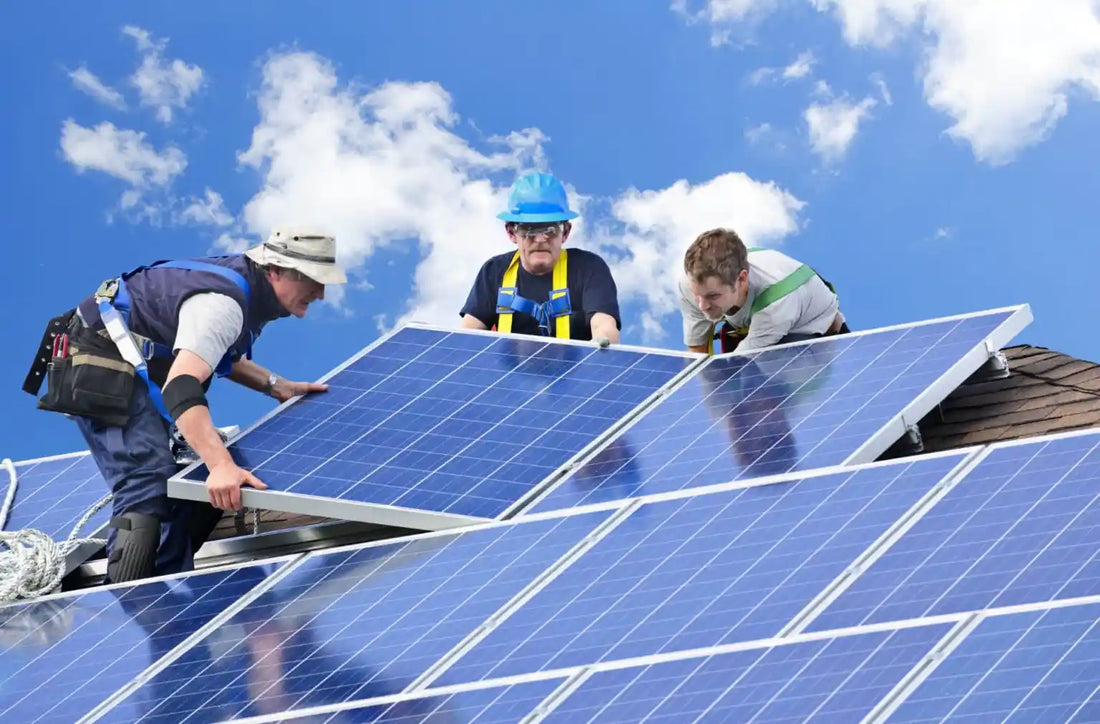
Off-Grid Solar Systems in Australia: Your Comprehensive Guide to Going Solar
Transitioning to an off-grid solar system is an increasingly popular choice for homeowners across Australia seeking greater energy independence, reliability, and sustainability. With the advancement in solar technology and the continuing rise of electricity costs, going off-grid has never been more accessible or appealing. For our valued readers, we have prepared the ultimate guide to off-grid solar systems, covering everything from benefits and essential components to sizing and installation tips – all tailored specifically for the Australian market.
1. Embracing the Benefits of Off-Grid Living
Embarking on the off-grid journey comes with numerous benefits that cater to a wide range of priorities and preferences:
- Energy Independence: Free yourself from the uncertainty of rising energy prices and grid disruptions, taking full control of your own power generation and consumption.
- Environmental Sustainability: By harnessing clean, renewable solar energy for your household, you significantly reduce your carbon footprint and contribute to a greener future.
- Remote Living Potential: Off-grid solar systems enable you to generate power in remote or rural locations where grid connection may be unavailable or financially unfeasible.
- Cost Savings: Over time, the investment in an off-grid solar system is likely to pay off, with potential savings on energy bills and no ongoing grid connection fees.
2. Essential Components of an Off-Grid Solar System
A comprehensive off-grid solar system consists of several key components working together:
- Solar Panels: The primary energy source, solar panels capture sunlight and convert it into direct current (DC) electricity. Quality solar panels are essential for an efficient, long-lasting off-grid system.
- Inverter: This crucial device converts the DC electricity produced by the solar panels into alternating current (AC) electricity, suitable for powering your household appliances and devices.
- Battery Storage: A reliable battery storage system stores excess solar energy, allowing you to utilise it during times of low or no sunlight, such as at night or on cloudy days.
- Charge Controller: This component manages the energy flowing between the solar panels and the battery storage, preventing overcharging, optimising battery life, and ensuring the system’s overall stability.
- Backup Generator (Optional): Depending on your energy requirements and reliability needs, a backup generator can provide an additional layer of security to ensure continuous power supply in extended periods of low sunlight.
3. Sizing Your Off-Grid Solar System
Designing an off-grid solar system tailored to your unique energy consumption patterns requires careful consideration in terms of system size:
- Energy Audit: Conduct a thorough audit of your home’s energy usage to assess power consumption habits and the efficiency of your appliances. This will inform the size of the solar modules, inverter, and battery storage needed.
- Solar Panel Sizing: Account for your geographic location and daily energy requirements to determine the appropriate number and size of solar panels necessary for your off-grid system.
- Battery Storage Capacity: Evaluate your daily energy needs, potential peak loads, and desired autonomy (days without solar generation) when selecting a battery storage system.
- Backup Generator Considerations: If opting for a backup generator, calculate its capacity and fuel requirements based on the expected use, particularly during the winter months or times of prolonged cloud cover.
For the most accurate sizing and recommendations, work with an experienced solar consultant or provider, such as our expert team at Green Banks.
4. Off-Grid Installation and Maintenance Best Practices
Developing an efficient, reliable off-grid solar system demands careful planning, installation, and ongoing maintenance:
- Permitting and Regulations: Familiarise yourself with local regulations, permitting requirements, and grid disconnection processes to ensure a smooth transition to off-grid living.
- Professional Installation: Trust a reputable solar installation company to set up your off-grid system safely and optimally, adhering to Australian standards and industry best practices.
- System Monitoring: Implement system monitoring tools to track the performance of your solar panels, inverter, and battery storage, enabling timely identification of any issues or inefficiencies.
- Regular Maintenance: Schedule periodic maintenance checks for each component of your off-grid system, ensuring optimal performance, longevity, and safety.
Energising Your Home and Future with Off-Grid Solar Solutions
Exploring the world of off-grid solar systems reveals the true potential of clean, reliable, and self-sufficient energy for homeowners throughout Australia. Understanding the benefits, components, sizing techniques, and maintenance best practices is key to developing a successful and sustainable off-grid lifestyle. With our comprehensive guide and the expert support of our team at Green Banks, you can confidently embark on your adventure towards energy independence, safe in the knowledge that you are making a wise investment in your home and a greener future.
Contact Green Banks today to discuss your options and discover the off-grid solar system that’s perfect for your unique needs and aspirations.


